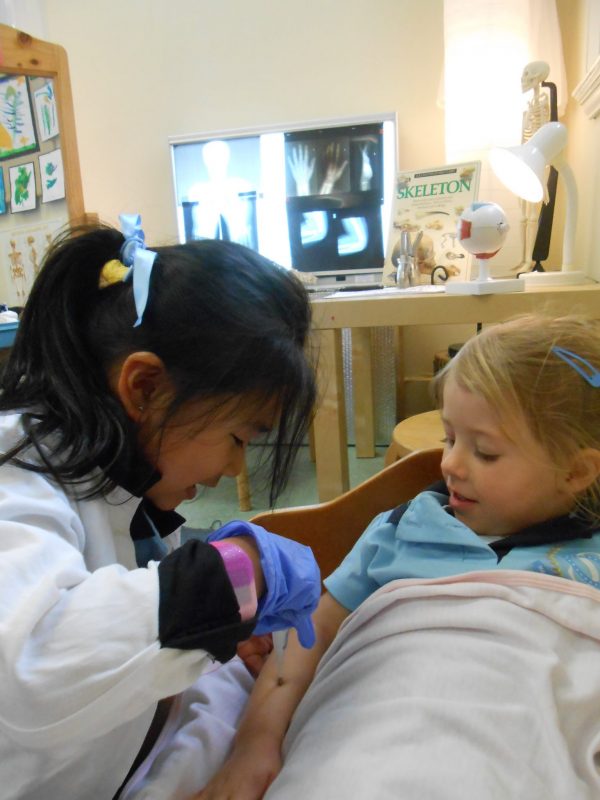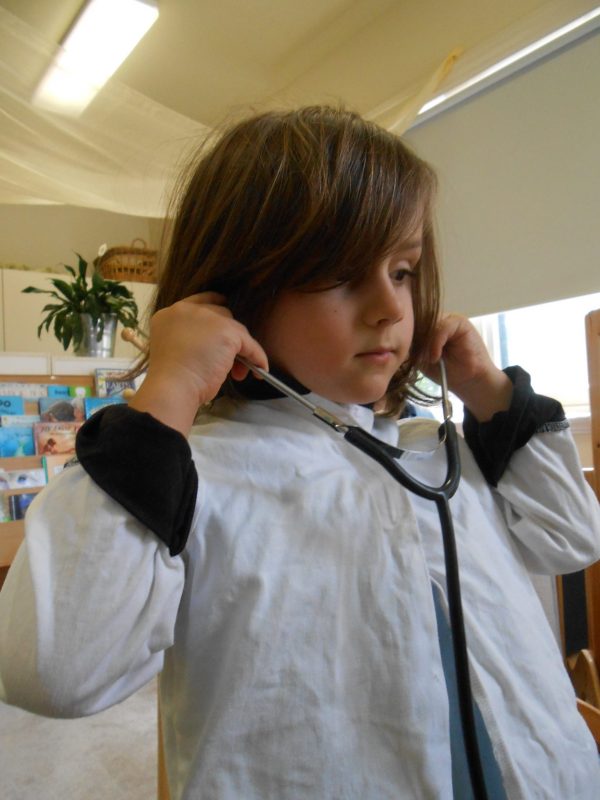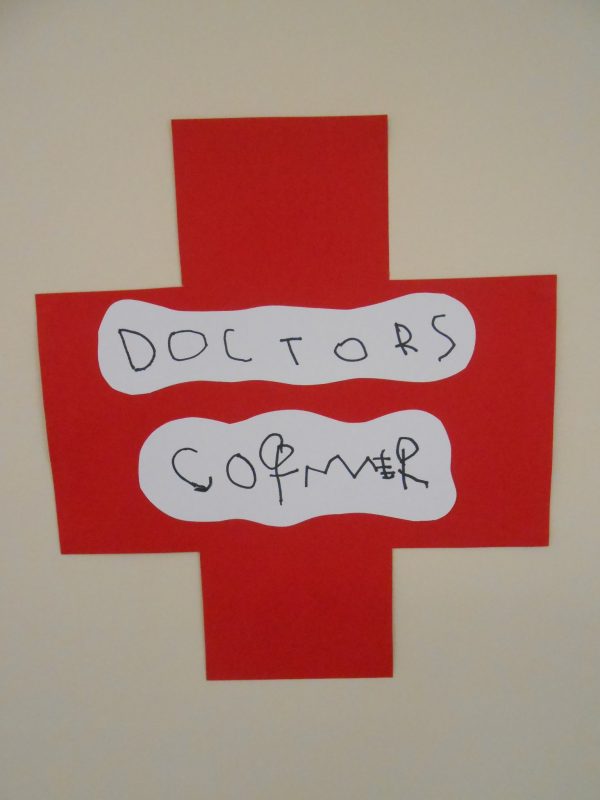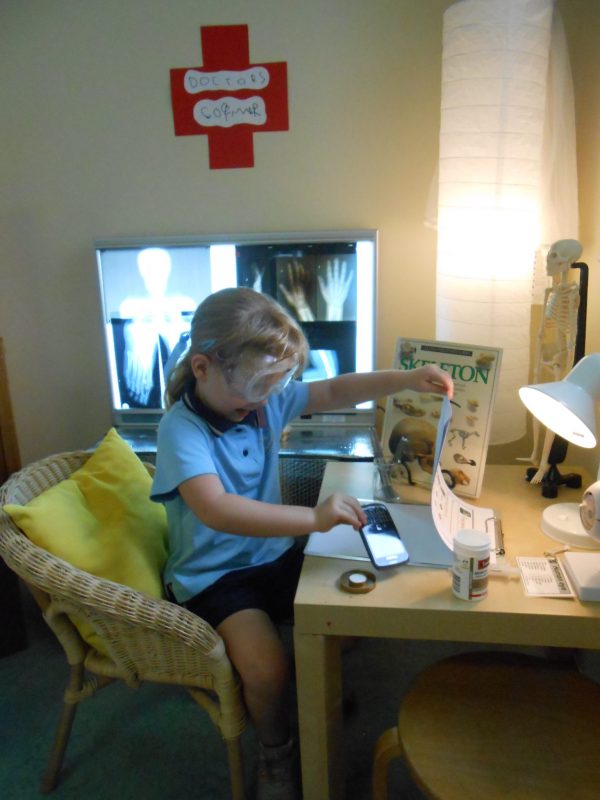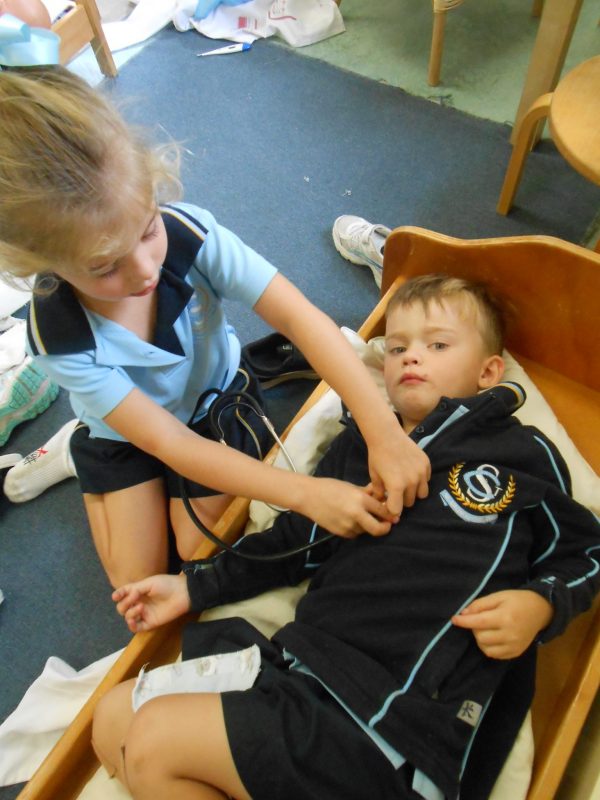Campbell House News

Learning to Communicate
“Positive attitudes and competencies in literacy and numeracy are essential for children’s successful learning. The foundations of these competencies are built in childhood.”
Early Years Learning Framework for Australia.
Communication is an integral part of our Early Learning Centre curriculum. From birth, children begin to learn to communicate with others for a range of purposes. Children are intrinsically motivated to share their ideas, thoughts, questions and feelings, and to use a range of tools and media to express themselves and connect with others. When children become part of a language-rich group learning environment, they begin to implement all aspects of their communication.
Through our Early Learning programs, we work towards developing children’s communication skills and understandings and assist them to become effective communicators in a range of contexts.
Outcome 5 from the Early Years Learning Framework: Children are effective communicators
5.1 Children interact verbally and non-verbally with others for a range of purposes
5.2 Children engage with a range of texts and gain meaning from these texts
5.3 Children express ideas and make meaning using a range of media
5.4 Children begin to understand how symbols and pattern systems work
5.5 Children use information and communication technologies to access information, investigate ideas and represent their thinking
Literacy and numeracy capabilities are important aspects of communication and are vital to successful learning across the curriculum. Literacy and numeracy experiences are richly embedded in our Early Learning programs. It is critical that these experiences are relevant and meaningful in the context of the children’s lives.
Literacy is the capacity, confidence and disposition to use language in all of its forms. Literacy incorporates a range of modes of communication including music, movement, dance, storytelling, visual arts, media and drama. It also includes electronic and print-based media. Children are exposed to a range of books and texts within the program. Print is displayed within the classroom learning environments and children have opportunities to engage with stories, learn songs, rhymes, poems and play with words. Children engage in regular conversation and discussion with their peers and educators. They learn the roles of listening and speaking and develop an understanding that conversation is a reciprocal exchange.
Numeracy is the capacity, confidence and disposition to use mathematics in daily life. Children are provided with play and inquiry-based opportunities to explore and learn more about the concepts of numbers, shapes, patterns, measurements, classification, time, currency, and space. It is important that children have opportunities to apply these understandings to everyday contexts so they learn how these understandings apply to daily life.
Technology is integrated into the children’s play, experiences and inquiries. The children learn new skills and techniques on how to use technology and develop an understanding that technology can be used for exploring new information. The use of technology is not isolated, it is interactive as small groups of children and educators collaborate. Technology is integrated into the program for a specific purpose or a specific inquiry.
The frequent conversations and discussions echoing from the ELC classrooms are testament to the richness of the opportunities provided in Campbell House, all of which are designed to enhance children’s communication and assist them to become effective communicators over time.
Ms Sarah Bethune
Acting Head of ELC
Caring for Ourselves and Each Other
Towards the close of Term 1, the Wattle Room children’s interest in doctors was observed as they showed care and concern for others through play and in real life situations. The children were observed wrapping pieces of fabric as ‘bandages’ around one another’s limbs and encouraged each other to ‘rest’.
To extend upon this interest, the children were offered the opportunity to create their own doctors’ surgery to enhance their dramatic play. Initially, the children selected a box of plasters, some stretchy bandages, a medicine spoon, boxes for medicine and a plastic syringe. The children have also engaged with medical instruments such as stethoscopes for listening to the heart and chest sounds, a reflex hammer for testing reflexes, a mirror for checking inside the mouth and a digital ear thermometer. The children continue to engage in playful literacy learning as they complete surgical ‘check sheets’. They tell stories and remain in character whilst acting out their role-plays.
To further support this interest as Term 2 commences, the Wattle Room children are making a ‘Growth Chart’, which will be updated periodically, to further consider their bodies.


